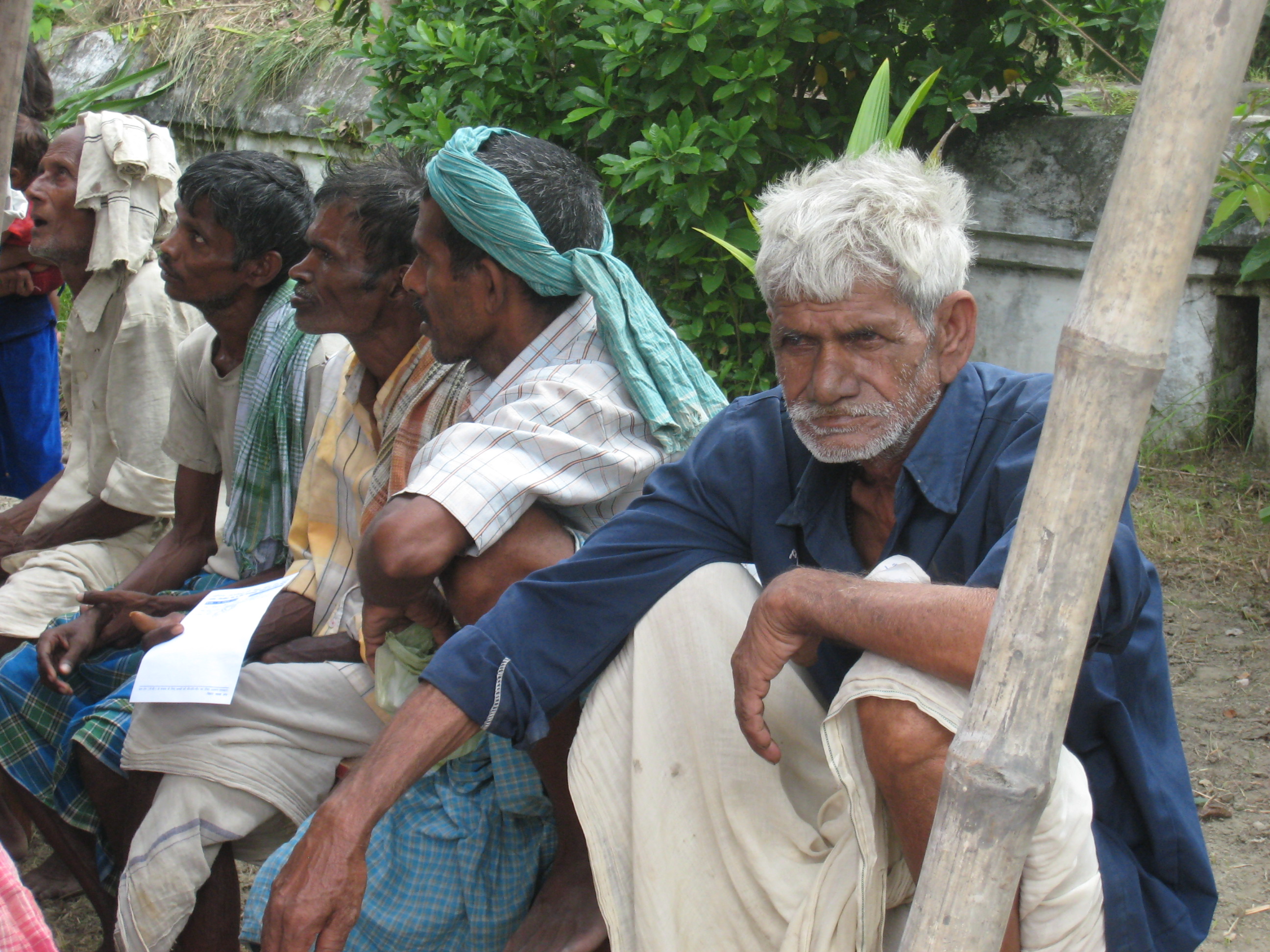Tuberculosis (TB) Treatment & Prevention

Tuberculosis is a deadly, yet curable disease that is burdening millions of the world's poor.
Ahan TB Program
Our TB work started in the state of Bihar in India in 2006 with periodic screening and detection camps to identify patients, enrol them in the government treatment program, and monitor their recovery. In June 2010, Prajnopaya, in partnership with Innovators in Health (IIH), launched a comprehensive TB control program called Aahan for the Samastipur district of Bihar, India.
The objective of the Aahan program is to develop and implement a model Tuberculosis control program that is community specific. Official statistics rarely give an accurate picture of the situation on the ground, and are a poor guide for program design. For this reason, it is essential to spend considerable effort in collecting data, building relationships and training staff to make sure the program is a success.
Project Supported: TB Treatment and Prevention
Area of Operation: Bihar, India
Serves a catchment area of 200,000.
A Global Challenge
Tuberculosis is a disease that should no longer make headlines, yet more than a million people worldwide continue to die from this devastating illness every year. In India alone, 2.2 million people developed active TB in 2011, accounting for more than 25% of global infections.
The disease has remained so persistent not for lack of a cure or even accurate diagnostics, but primarily due to the limited ability of health programs to reach and sustain treatment within impoverished communities. The spread of TB both exacerbates poverty and is reinforced by it.
Without a strong public health infrastructure, detection and treatment of TB in a poor community becomes a significant managerial and logistical challenge. A lack of trust or dissatisfaction with public care leads patients to private health care practitioners, who are often too expensive or of too poor quality to successfully cure the disease. The end effect is that government subsidized medicine reaches too few patients, while most suffer through intermittent, substandard treatment with limited effectiveness and an increased likelihood of developing, and spreading, drug resistant strains.
Our Response
Our primary strategy is to work with all important stakeholders to create high quality and cost-effective treatment programs that can be scaled and replicated across India. Our partners include state and local governments, non-governmental organizations (NGOs), private health care practitioners, and community organizations.
Our programs are based on the following principles:
- Patients deserve high quality, convenient treatment without any discrimination.
- Programs must be community-based, with staff representing the diversity of the local population.
- Efforts must be inclusive, bridging gaps between government health care and private practitioners to reach the widest number of patients.
- Developing technology and innovation is an important catalyst for improvement, but must leverage the strength of community institutions to be sustainable.
|